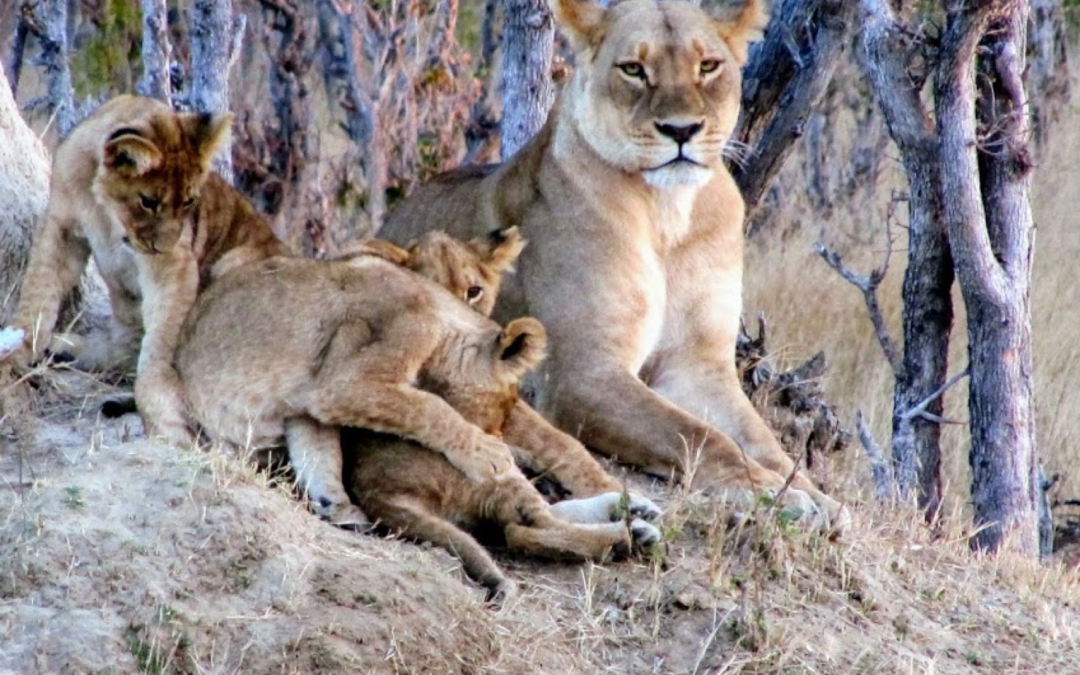I recently read a review of a memoir of a master carpenter based in Oslo. Ole Thorstensen, a master carpenter, has written a book Making Things Right: A Master Carpenter at Work. One particular section quoted from his book made me sit up and take notice: “When you are not taught a more collaborative way of working then you do not know what you are missing. In a delicate dance that takes place when several people lift a heavy ridge beam, they are at the mercy of each other, needing to keep in mind that what is heavy is different for all of us. Openly claiming your mistakes as well as successes is critical to a good result.”
I am skeptical about the last sentence; if that is doable in an environment where team members are evaluated and the evaluation affects their compensation. Let’s put that aside for now.
Occasionally when I hear too many corporate types use the same word, I pause and wonder about it. One example was “family.” I stumbled on it in a lot of all-employee emails and memos. It didn’t ring true. I do not put the word collaboration in that category.
That was in the eighties before the Internet and before IT shops had employees working in teams. Supervisors tasked individual developers and they were expected to deliver. The way we work in the IT industry has changed substantially.
As I pondered on Mr. Thorstensen’s statement, several good examples of people getting things done in a collaborative fashion floated through my mind. Going back a few years, I remember watching my grandmother working with other women to prepare and preserve a year’s supply of food. This group of women would take turns gathering at a different home and doing the same for the homeowner. The context for those born after electricity is that food ingredients were purchased separately from dry grocers, vegetable vendors, fruit vendors, etc. There was no refrigeration at stores and homes. Eventually, all the women in the group had their supply of seasonally available food preserved and stored.
I also reflected on scenes of barn raising from news and documentaries. People from a farming community would gather together to help raise sections of wood frames and hold them in place until someone joined them together. Once the frame was set up, the owner would complete the barn.
Both the examples above involve projects that need extra pairs of hands for specific tasks. Teams with diverse sets of skills and experience also can have very good outcomes. A team of people was given the task of designing housing for a location that had extreme temperature differences between the day and the night. A workable solution was found by the architects and engineers based on the idea proposed by a zoologist in the group. There is an iguana-like creature that has layers of skin and exposes the layers that better accommodate the heat or the cold. The house roof was designed to have two layers, one white to be exposed during the hot day and the other black for the night.
I also see examples of people bartering skills in high-density places like Brooklyn. Not all individuals have nine-to-five jobs there. Locally they are referred to as “the creatives.” They work in the recently maligned gig economy. For some of them, cashless bartering works fine.
Businesses can be successful with talented employees that are not co-located working on a project. Just as the distance became irrelevant to the cost of making a long-distance call a while back, modern tools have removed the need for team members to be working in the same room or office location. Working on a project for a client on the west coast, I can easily ping my teammate in a different time zone to seek help with a problem that is keeping me from meeting my deadline commitment.
As for Ole Thorstensen’s claim that openly claiming your mistakes, as well as your successes, is critical to a good result, I would word it differently. I have also softened my take on the third of the old-time Yankee virtues of hard work, thrift, and fierce independence. I do not hesitate to look up a how-to-repair-something video or occasionally ask for directions when lost. In the Eastern philosophical tradition, lessons from failure are of value for they help the next person not to repeat the errors. So, openly claiming mistakes by updating a best practice with caution about what doesn’t work is a good idea.
I also encountered collaboration, if I may call it that, in the wilds of Africa. In the Hwange National Park of Zimbabwe, we watched a female lion taking care of six cubs. The naturalist guide with us informed our group that only some of them were her cubs. As some members of the lion herd are busy hunting, one of them watches over all the cubs. It was dusk when I took this picture of majestic collaboration.

